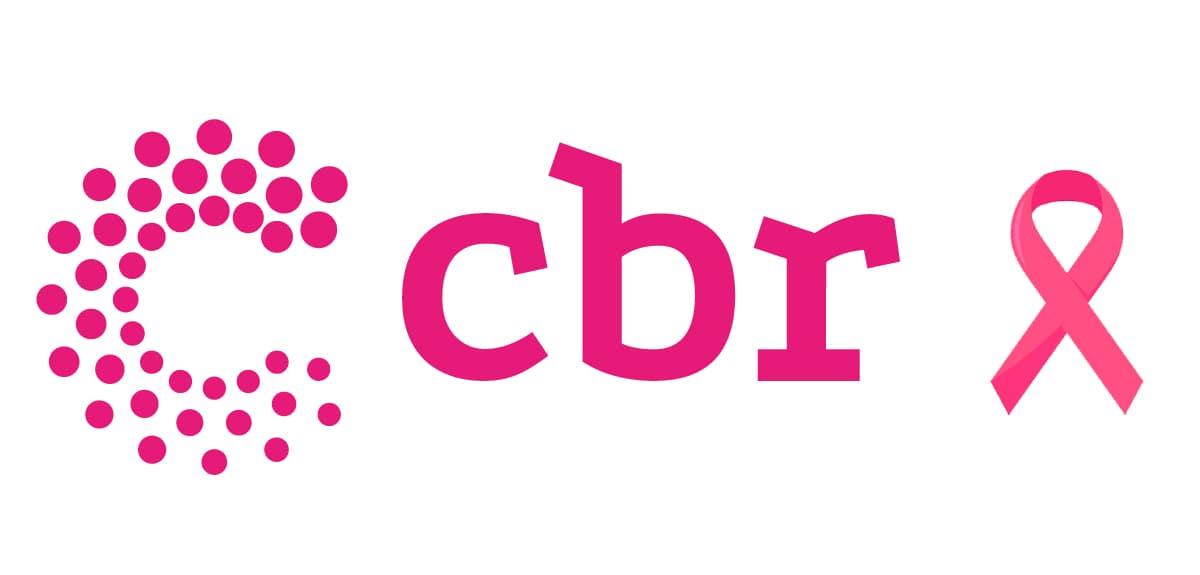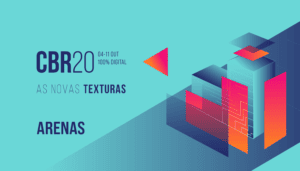The 49th edition of the Brazilian Congress of Radiology and Diagnostic Imaging is approaching. With the event, many news for the radiological community. The scientific program of the congress, traditionally, has excellent quality and with renowned national and international professors, which was maintained in this fully online edition.
But, in addition to the scientific program, there will be more than 40 activities between the 4th and 11th of October. Among the numerous highlights are the Arenas Futuro and Humanidades and Ponto e Contraponto. These are specific activities that will take place only on the weekend, October 10th and 11th, with unprecedented proposals in the congresses held by the CBR.
The Arena Ponto e Contraponto will bring great controversy in Radiology. The activity is based on the idea that different opinions that generate different points of view on approaches and procedures should be discussed. Such controversies will be highlighted on the CBR20 digital stage, with two experts on the subject, each with their own vision, in addition to the moderator, as the debates promise to be “heated”.
And the best: the public will be able to participate through chat, sending questions and comments. To learn about the topics that will be discussed and their respective dates and times, check the complete schedule on the CBR20 website.
The Future and Humanities Arena, which will have 18 panels, is curated by Dr. Giuseppe D'Ippolito and brings topics that go beyond the technical aspect of the specialty, providing new views and perspectives to radiologists.
In an interview with CBR, Dr. Giuseppe details the activity and how his preparation has been. Check out!

doctor Giuseppe D'Ippolito
How did the invitation to curate Arena Futuro e Humanidades come about?
It arose from the need to expand the field of vision and attention of our specialty, going beyond technical, scientific or business aspects and contemplating relevant themes of our professional and personal activity, but often forgotten or marginalized. Long before the pandemic, we already felt the need to extend our gaze to humanistic aspects, which have a strong impact on our ability to practice our profession and our role in society. The period of isolation and withdrawal only increased the need for this reflection.
In your opinion, what is the gain of this totally new activity at the Brazilian Congress of Radiology, since we did not have a program to talk about topics like these in previous events?
This activity, housed in a time specially dedicated to it [on October 10th and 11th, Saturday and Sunday mornings], takes on a leading role, bringing relevant themes to center stage that can strengthen us when explored and deepened. . I believe that this more “holistic” view of our activity is a point of attention mainly for the new generations, exposed to great challenges, and who will need many of the tools and skills available to perform within a larger context.
How has your work been as a curator of these themes and in alignment with the speakers and panelists?
The search for themes and protagonists that can really add knowledge and provoke reflection has been a challenging activity, but very rewarding. The fact that the event is online certainly facilitates the participation of speakers and moderators. In this sense, we have had an excellent return, not only in terms of the participation of colleagues with the most diverse profiles, but also in the sincere enthusiasm shown to integrate this innovative and much needed activity. I also remember that many panelists are not radiologists or doctors from other specialties. We seek a diversity of skills to enrich the debate.
Among the panels, do some themes stand out more among radiologists?
Altogether there are 18 themes, with three daily sessions of 1 hour per theme, all designed with the radiological community in mind, but which are also of interest to any other professional activity. The congressperson will have three topic options per time slot and will be able to complement their participation by later watching the videos of those round tables that they were unable to follow. That said, we try to choose topics that are part of our everyday reality and that somehow bring concern, curiosity or just a legitimate interest. I believe that topics like burnout, home officeArena Futuro and Humanities a busy visiting room.
How do the panels intend to contribute to the congressperson, that is, what “mark” will be left after the panel on the radiologist who participated?
If we can speak of legacy, we hope that the construction of this Future of Humanities Arena will be an opportunity to facilitate a more integrative approach to our professional work [but not only] and that goes beyond the limits of technique and science, as we understand it. The “brand” of the Arena will be the one that the participants choose after experiencing it.
As a radiologist and member of the College, always in collaboration with the institution, how do you see the “Virada Digital CBR”?
With the dissemination of offers of technical and scientific content and digital bases, widely accessible and often free, we have asked ourselves what would be the role of the Brazilian Congress of Radiology today and in the future. Some verbs come to mind: innovate, expand, integrate, provoke, reflect, share, improve. The fuel to transform these verbs into nouns can and will be the Brazilian Congress of Radiology.
What message do you leave for the radiologist at this moment?
Participate in CBR 2020 and discover new paths to achieve.





